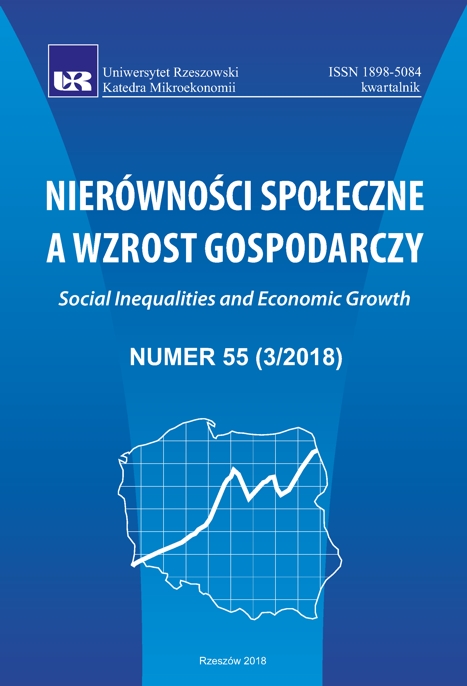Dedollarization of the Congolese economy: challenges, look and prospects
DOI:
https://doi.org/10.15584/nsawg.2018.3.13Keywords:
dollarization, dedollarization, inflation rate, financial developmentAbstract
In the case of dollarization, the supply of money is not entirely exogenous, because the central bank only partially controls and determines it, that is to say, part of it is in national currency and another part in foreign currency. Dollarization is thus a hindrance to the achievement of monetary policy objectives. Dollarization is a partial or total decrease in a country’s use of the currency of another country. An economy is dedollarized when it partially or wholly ends up in dollarization. In this case, the national currency gradually resumes its traditional functions which it lost in dollarization. It is noted by the gradual decline in the dollarization rate. It is a very crucial and complex issue, which recommends that a lot of resources and reforms be undertaken beforehand. It should be noted that dedollarization cannot be decreed, otherwise it is accompanied by instability in the economy, it is acquired at the end of efforts to regain the sovereignty of the national currency. The monetary policy in the Democratic Republic of Congo does not enjoy its full independence, a large part of the money supply comes from foreign central banks and its effectiveness results from the effect of chance. The instruments are becoming less operational.Downloads
Downloads
Published
2020-11-13
How to Cite
Kamba-Kibatshi, M. (2020). Dedollarization of the Congolese economy: challenges, look and prospects. Social Inequalities and Economic Growth, 3(55), 199–212. https://doi.org/10.15584/nsawg.2018.3.13
Issue
Section
Articles
License
Copyright (c) 2018 University of Rzeszow

This work is licensed under a Creative Commons Attribution-ShareAlike 4.0 International License.


